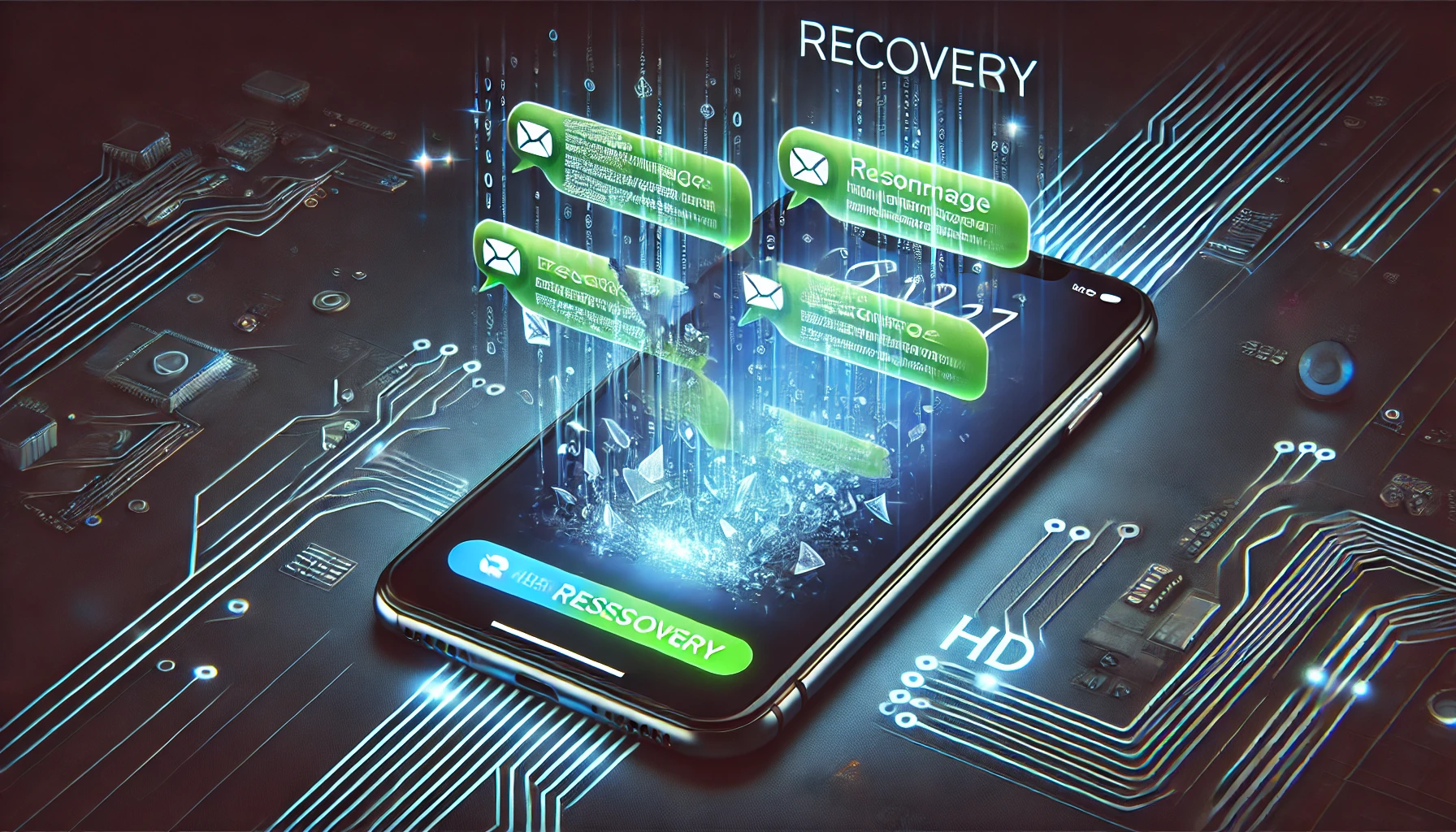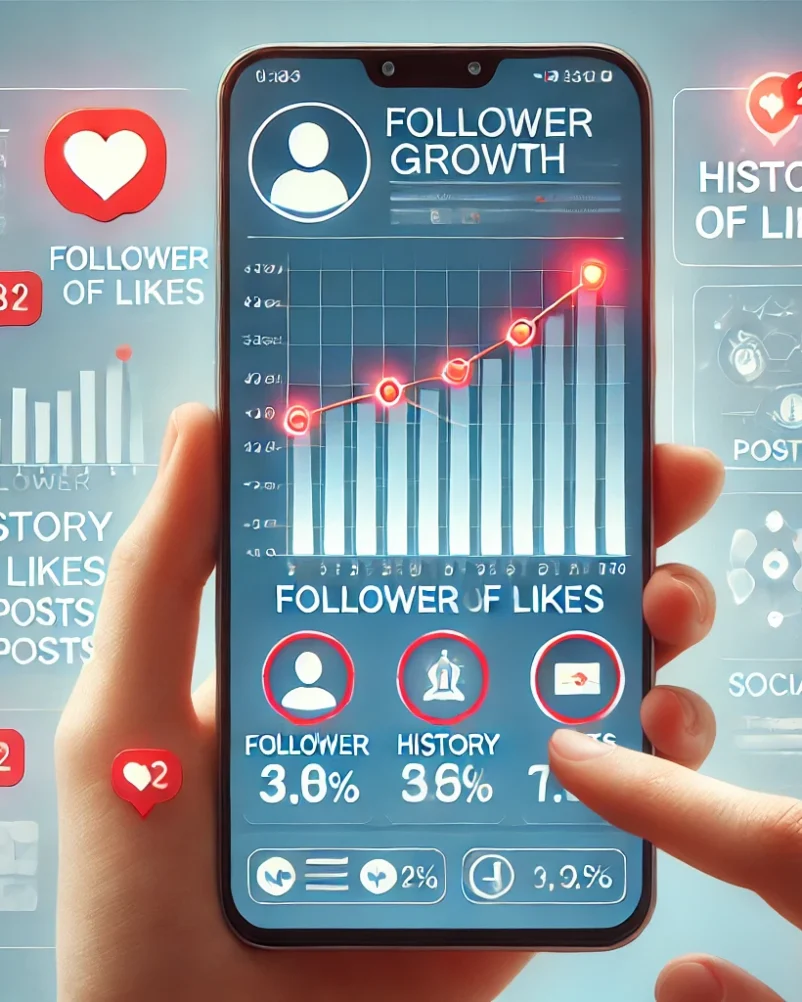Anúncios
“Discover the truth about recovering deleted messages in 2024.
Learn what’s possible, the myths, and the best tools for restoring lost chats across platforms.”
Is Recovering Deleted Messages Really Possible?
Have you ever wondered if you could retrieve a message you accidentally deleted?
Or perhaps you’ve been curious about what someone removed from a chat?
The prospect of recovering deleted messages fascinates many, especially as messaging apps like WhatsApp, Facebook Messenger, and Telegram play such integral roles in our communication.
But how much is truly recoverable, and what remains out of reach?
With advancements in technology, recovering deleted messages is now more accessible than ever—yet certain limitations persist.
In this article, we’ll break down:
Anúncios
• What can realistically be recovered in 2024.
• Common myths versus the actual capabilities of modern tools.
• The best apps and techniques for retrieving lost messages.
Let’s separate fact from fiction and empower you with the tools to take control of your chats.
The Myths and Realities of Message Recovery
Myth #1: Deleted Messages Are Gone Forever
Reality: While many assume deleted messages are permanently lost, this isn’t always the case.
Many messaging apps store temporary data or maintain backups that can be restored. For instance:
• WhatsApp backs up chats to Google Drive (Android) or iCloud (iOS).
• Telegram retains messages on cloud servers unless explicitly deleted.
Myth #2: Any Message Can Be Recovered
Reality: Recovery isn’t universal. Messages that are permanently deleted from servers, expired backups, or overwritten by new data often cannot be retrieved.
Myth #3: All Recovery Tools Are Reliable
Reality: Not all recovery apps live up to their promises.
Many are ineffective or scams. Always use trusted tools for reliable results.
What’s Possible: Platforms and Tools That Work
1. WhatsApp
WhatsApp offers a straightforward way to recover deleted messages through backup restoration.
How It Works:
• Enable chat backups in Settings > Chats > Chat Backup.
• Uninstall and reinstall WhatsApp.
• During setup, restore from the most recent backup.
Limitations:
• Only works if backups were enabled prior to deletion.
• Overwrites new messages received after the last backup.
2. Facebook Messenger
Facebook Messenger doesn’t provide direct recovery for deleted messages.
However, archived chats or Facebook’s Download Your Information feature may help.
Steps to Recover:
• Log in to Facebook via a browser.
• Navigate to Settings > Your Facebook Information > Download Your Information.
• Select “Messages” and download archived content.
Limitations:
• Deleted messages not archived cannot be retrieved.
3. Telegram
Telegram’s cloud-based infrastructure simplifies recovery, as messages remain accessible unless manually deleted.
Recovery Methods:
• Check Saved Messages for forwarded content.
• Export chat history from settings.
4. iMessage (Apple Devices)
For iPhone users, iCloud backups are the key to recovering deleted messages.
Steps to Restore:
• Verify that iCloud backups include iMessage data.
• Reset your device and restore from a prior backup.
Limitations:
• Overwrites current data.
• Requires pre-existing backups.
What’s Not Possible: Understanding Recovery Limits
Despite impressive advancements, certain situations make recovery impossible:
• Messages Deleted Without Backup: If no backup exists, chances are minimal.
• Server-Wiped Messages: Messages deleted from servers, such as Telegram’s self-destruct feature, cannot be retrieved.
• Overwritten Data: When new data replaces old files, even advanced tools cannot recover them.
Quick Tip: To improve recovery chances, stop using your device immediately after noticing data loss to prevent overwriting recoverable files.
Best Tools for Message Recovery in 2024
Choosing the right tool can make all the difference. Here are detailed insights into the most reliable apps for recovering deleted messages:
1. Notisave
Overview: Notisave is a popular notification history app that saves all incoming messages, including those later deleted.
It works seamlessly with apps like WhatsApp, Telegram, and Facebook Messenger.
Features:
• Automatically stores all notifications.
• Allows you to read deleted messages from its notification log.
• Compatible with multiple messaging apps.
Pros:
• Easy setup and user-friendly interface.
• Free to use, with optional premium features.
• Works in real-time, tracking deletions instantly.
Cons:
• Does not retrieve messages deleted before installation.
• Cannot recover media files like photos or videos.
Best For: Users looking for a lightweight, straightforward solution to track deleted messages.
2. Dr.Fone – Data Recovery
Overview: Dr.Fone is a comprehensive data recovery tool for Android and iOS devices.
It excels in retrieving deleted messages, media, and even call logs.
Features:
• Recovers messages from apps like WhatsApp, Facebook Messenger, and more.
• Supports multimedia recovery, including photos and videos.
• Effective on devices with no pre-existing backups.
Pros:
• Compatible with a wide range of devices.
• Supports data recovery from damaged devices.
• Reliable customer support and documentation.
Cons:
• Full functionality requires a paid version.
• May be too technical for novice users.
Best For: Users who need a robust solution for recovering messages and media without relying on backups.
3. WhatsRemoved+
Overview: Designed specifically for WhatsApp, WhatsRemoved+ monitors message deletions and saves both text and media files.
Features:
• Tracks deleted messages and media in real-time.
• Works seamlessly with groups and private chats.
• Allows customization for specific apps.
Pros:
• Free to use with premium options available.
• Simple to configure and highly effective.
Cons:
• Exclusive to Android.
• High battery consumption due to continuous monitoring.
Best For: Android users looking for an efficient tool to recover WhatsApp messages and media.
4. Tenorshare UltData
Overview: Tenorshare UltData specializes in recovering lost data from messaging apps without needing prior backups.
Features:
• Recovers messages, voice notes, and attachments.
• Works across platforms like WhatsApp, Line, and Telegram.
• Restores data directly to the app.
Pros:
• Doesn’t rely on cloud backups.
• High success rate for iOS and Android.
Cons:
• Full functionality locked behind a paid version.
Best For: Users requiring advanced recovery capabilities for lost messages and media.
Ethical Considerations When Recovering Messages

While recovery tools are powerful, their use should respect privacy and adhere to ethical guidelines:
• Consent is Crucial: Only recover messages from your account or with permission.
• Avoid Unauthorized Use: Misusing these tools can harm relationships or lead to legal consequences.
• Follow Local Laws: Ensure compliance with data protection regulations in your region.
FAQs About Recovering Deleted Messages
1. Can Messages Deleted Without Backup Be Retrieved?
Yes, tools like Dr.Fone or Tenorshare UltData can recover messages directly from device storage, though success is not guaranteed.
2. Are Recovery Apps Safe to Use?
Most reputable apps are safe, but always download from trusted sources like the Google Play Store or Apple App Store.
3. Can I Recover Media Files Along with Messages?
Yes, apps like WhatsRemoved+ and Tenorshare UltData can recover photos, videos, and voice notes, depending on their availability.
Summary of Key Points
• What’s Possible: Recovery through backups or apps like Dr.Fone.
• What’s Not Possible: Messages deleted without backups or overwritten data.
• Best Practices: Use trusted tools and enable regular backups for future-proofing.
Don’t let deleted messages cause frustration.
Equip yourself with the knowledge and tools to recover lost chats.
Start by exploring apps like Notisave, Dr.Fone, and Tenorshare UltData to regain control over your conversations today!
Related Topics
• Best Apps for Media Recovery in 2024
• How to Recover Deleted Chats from WhatsApp
• Tools to Track Message Deletions on Telegram
• Ethical Guidelines for Using Data Recovery Tools
• Cloud Backup Tips for Preventing Data Loss


